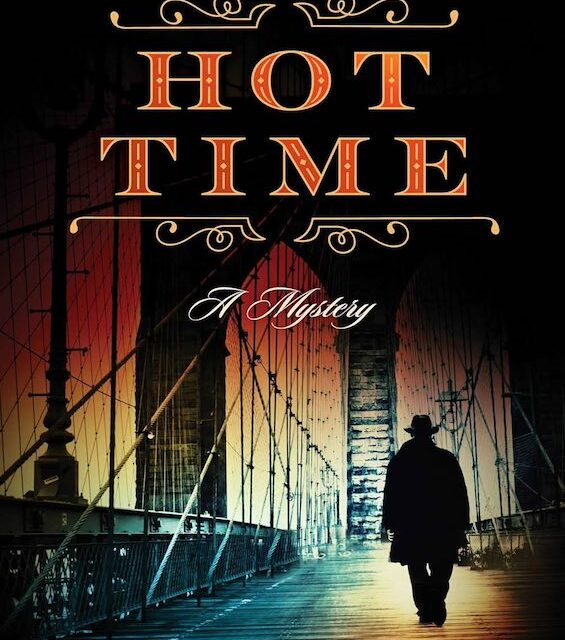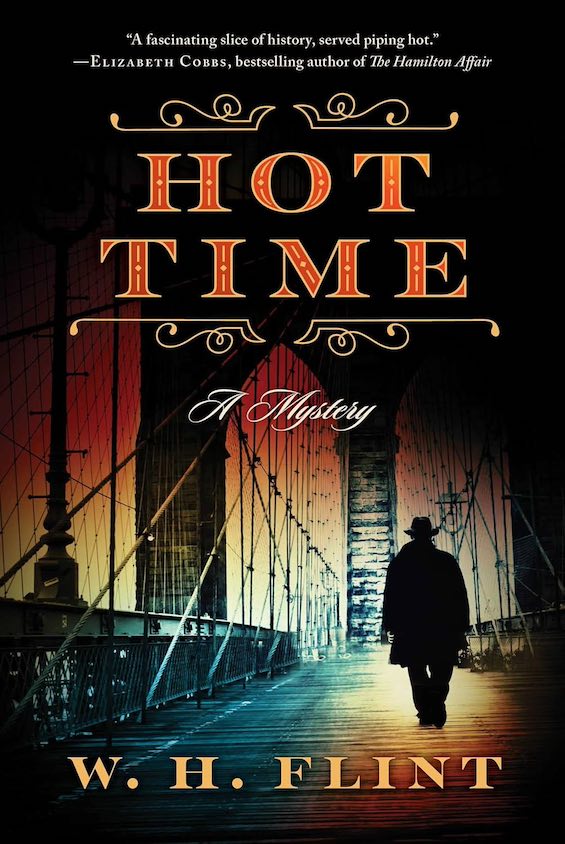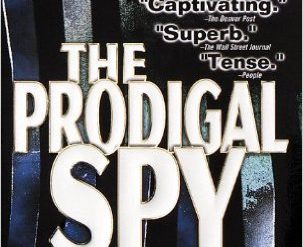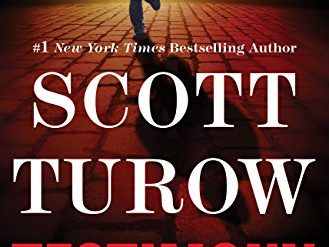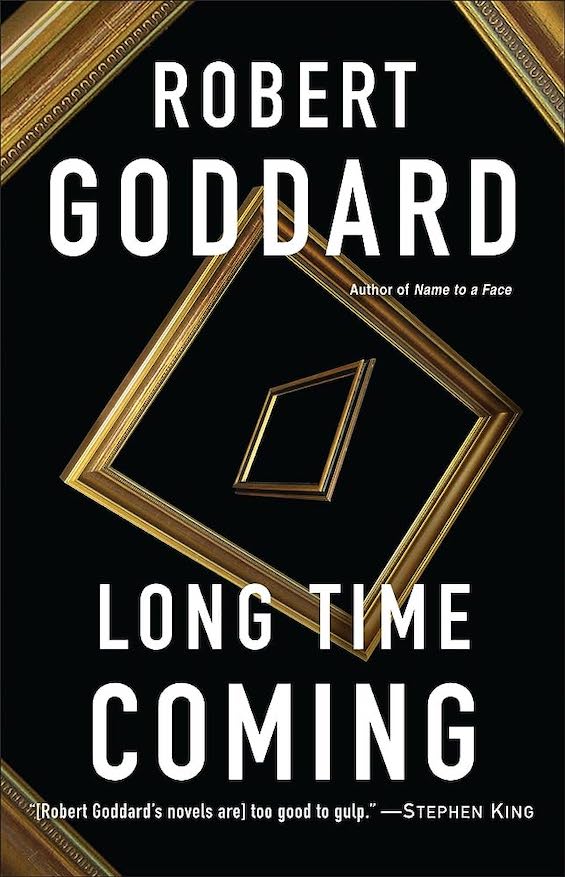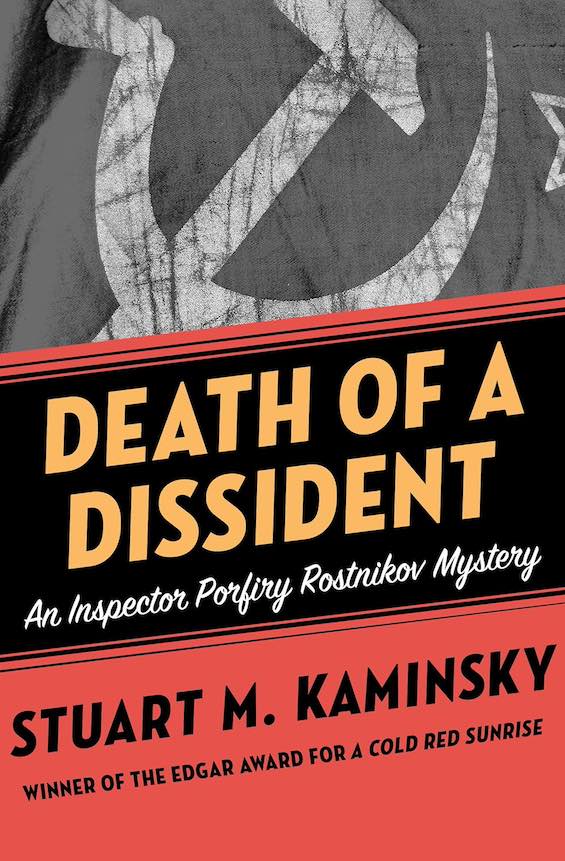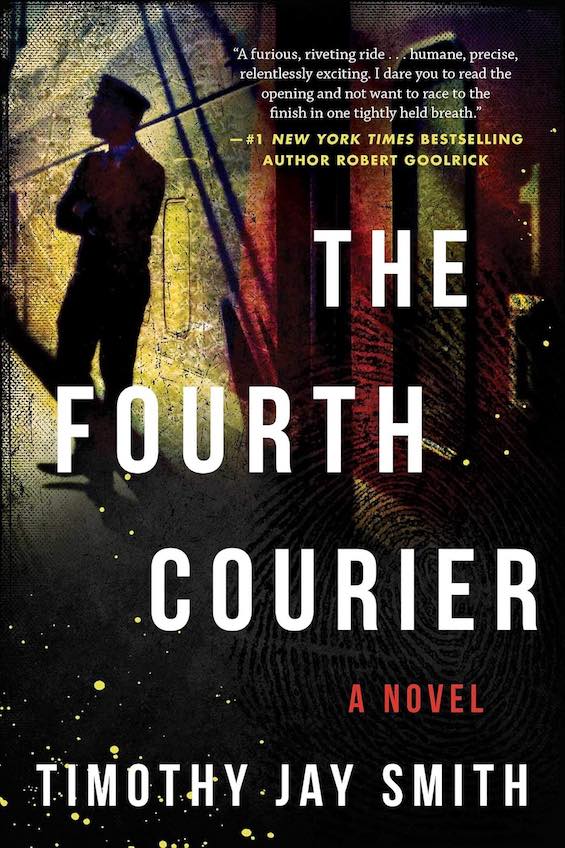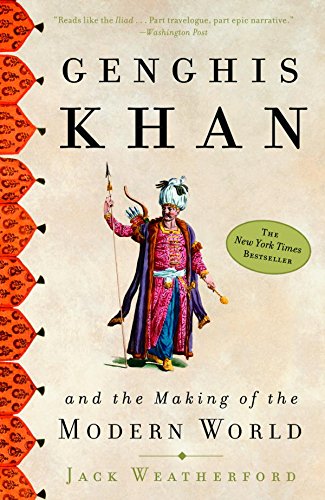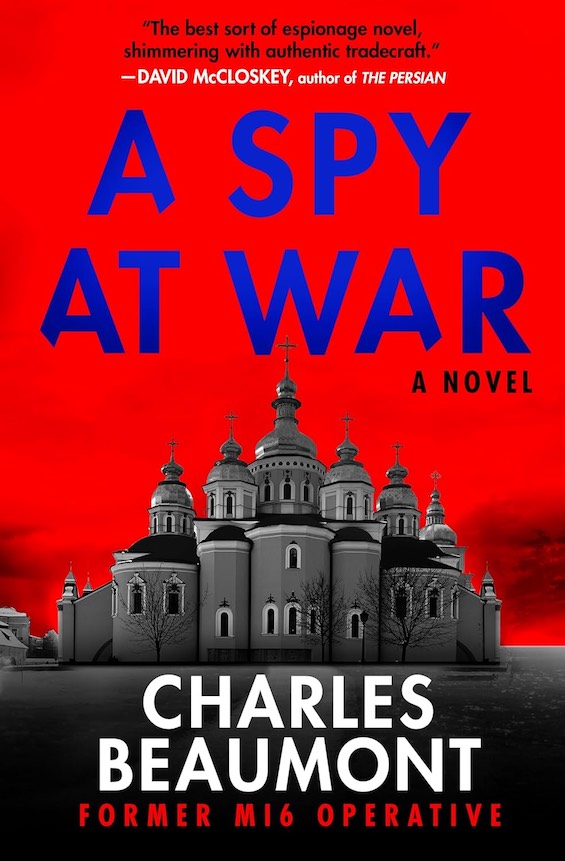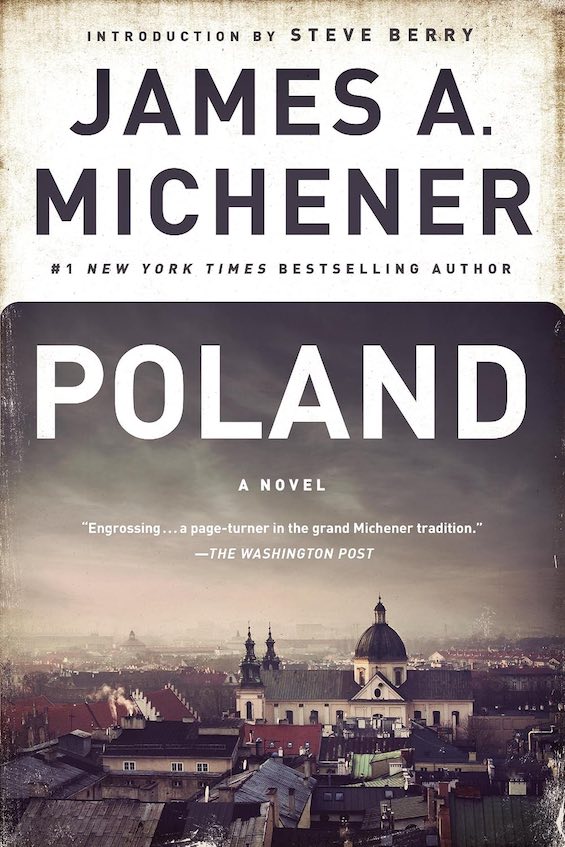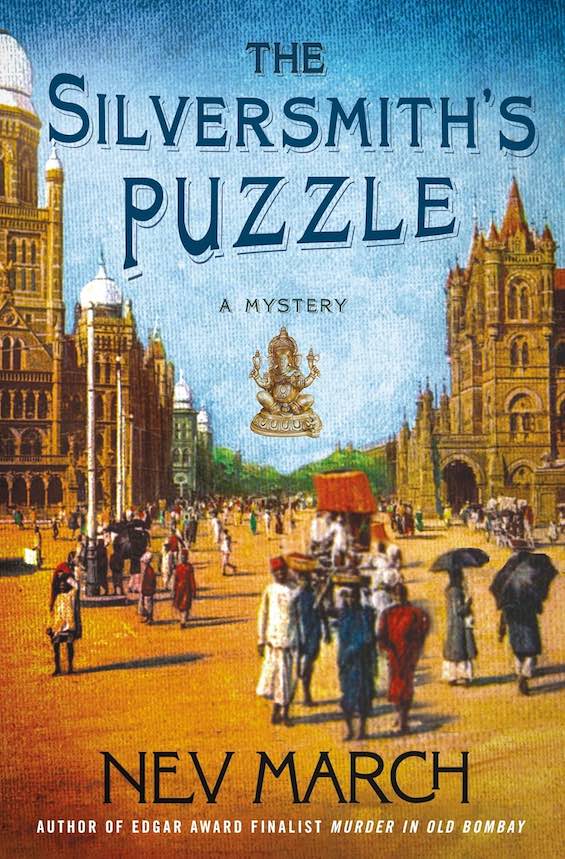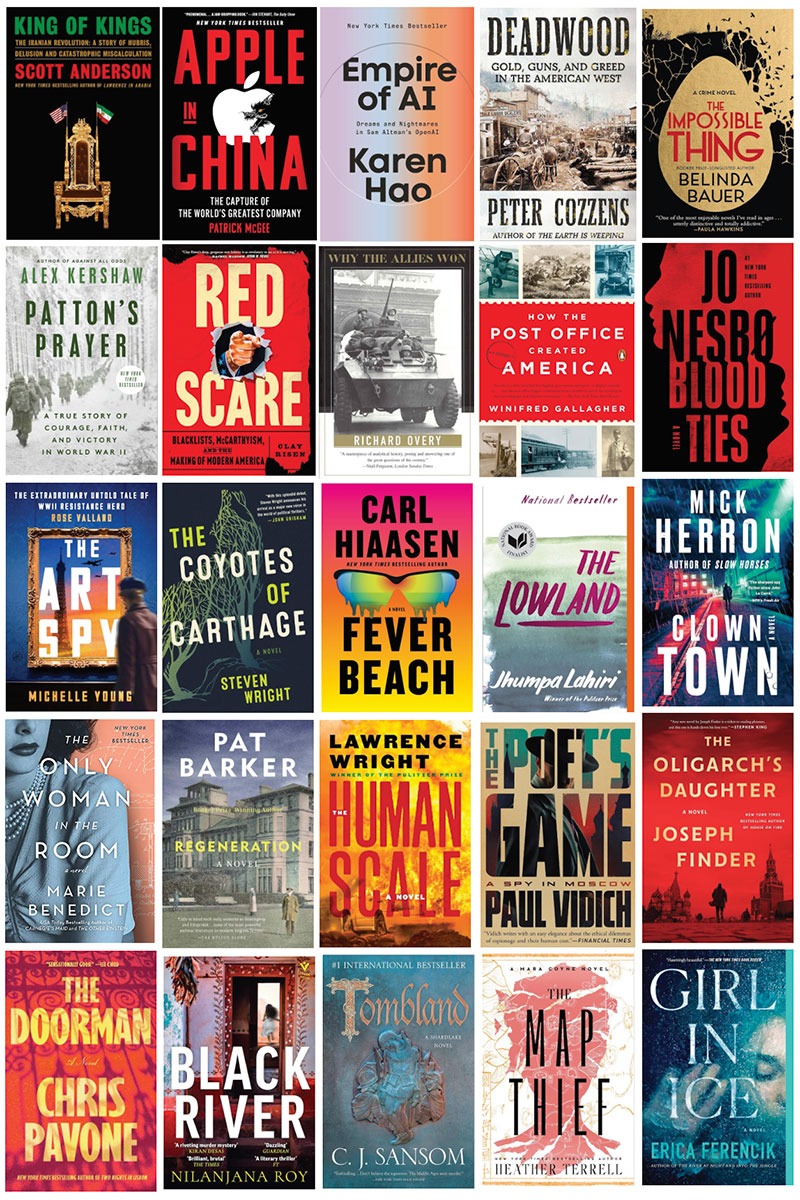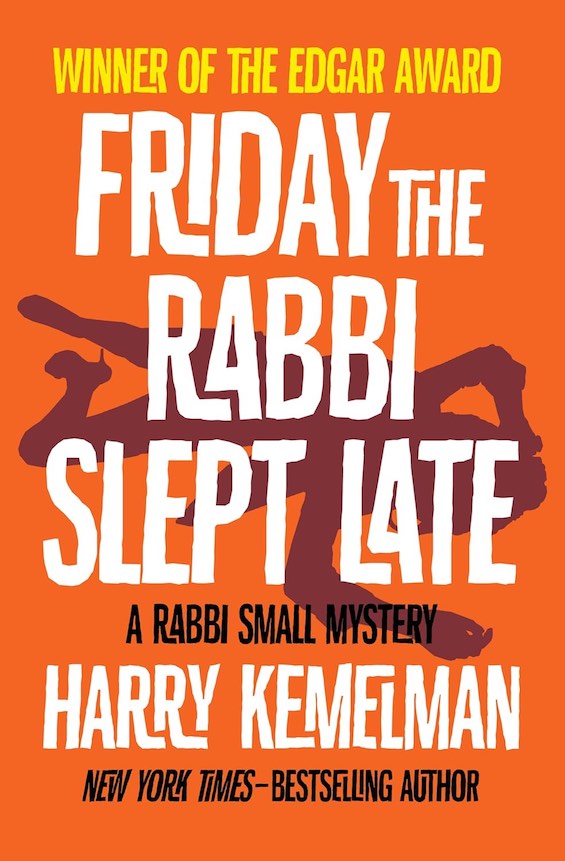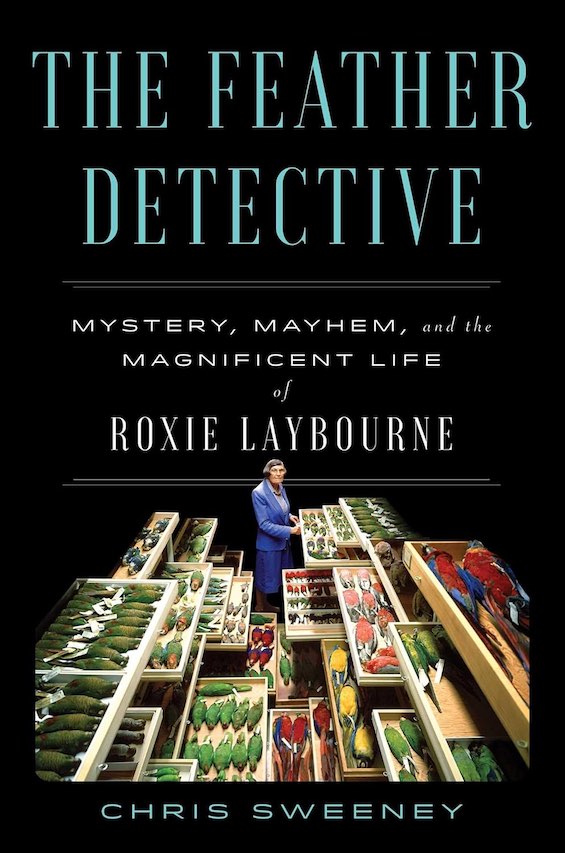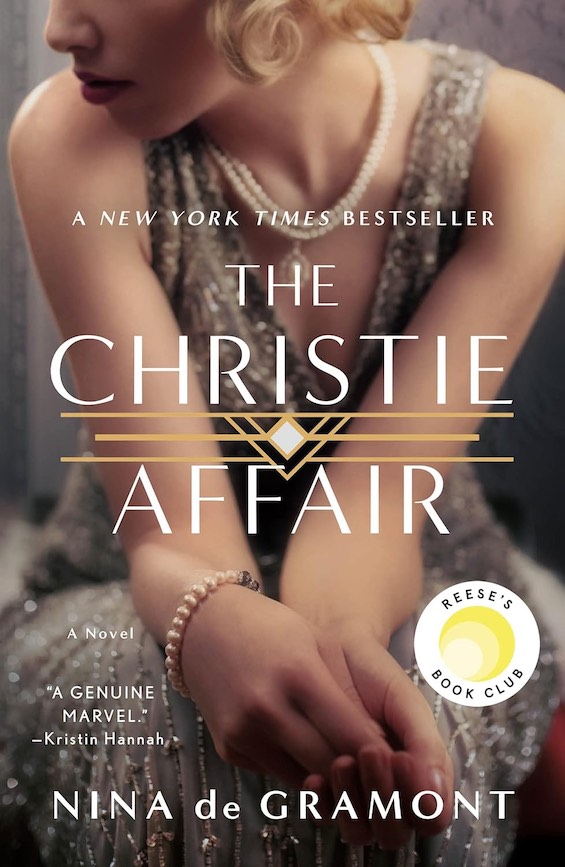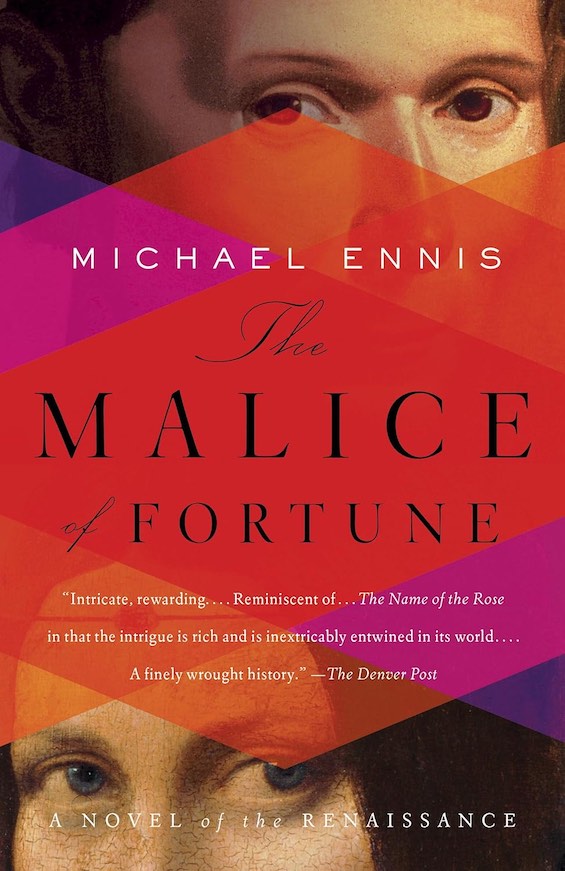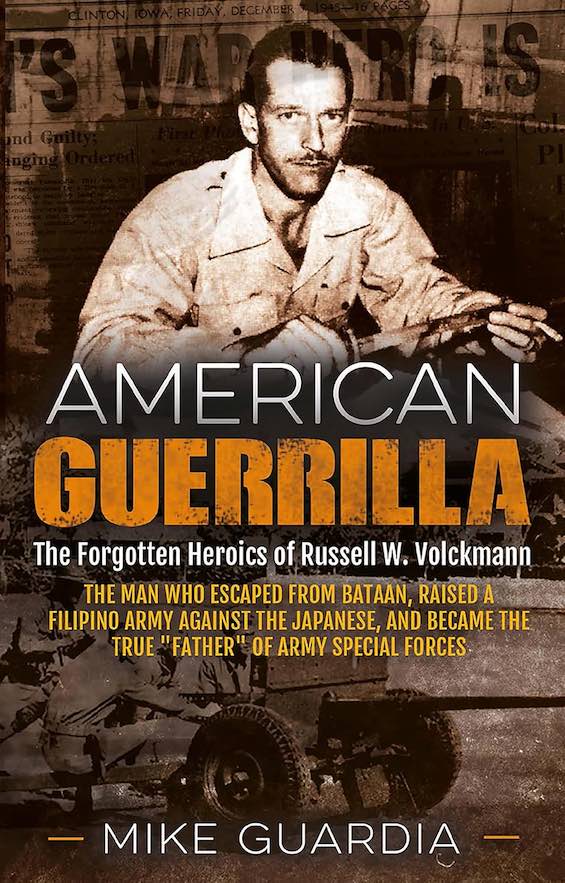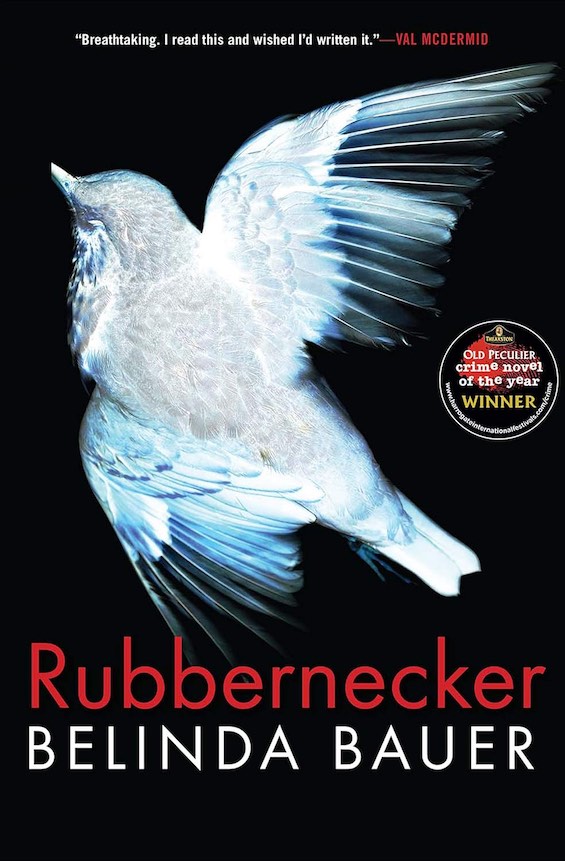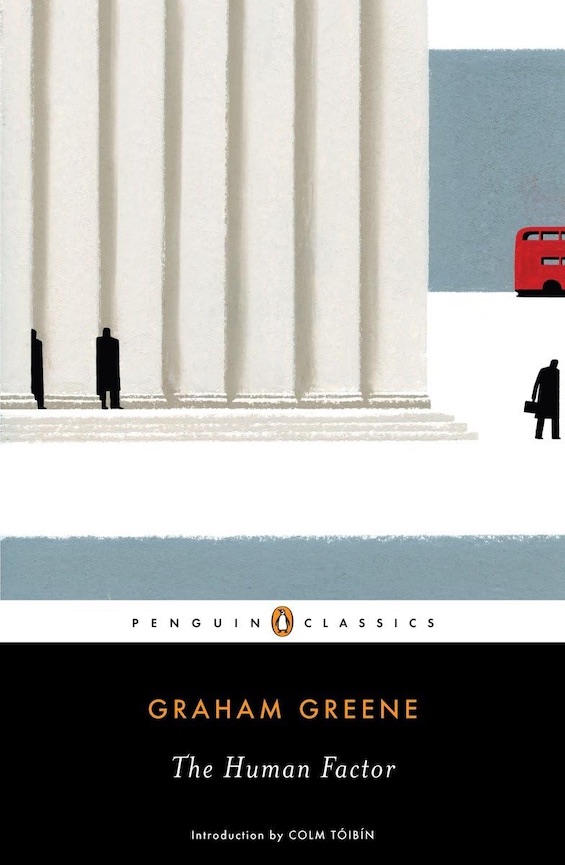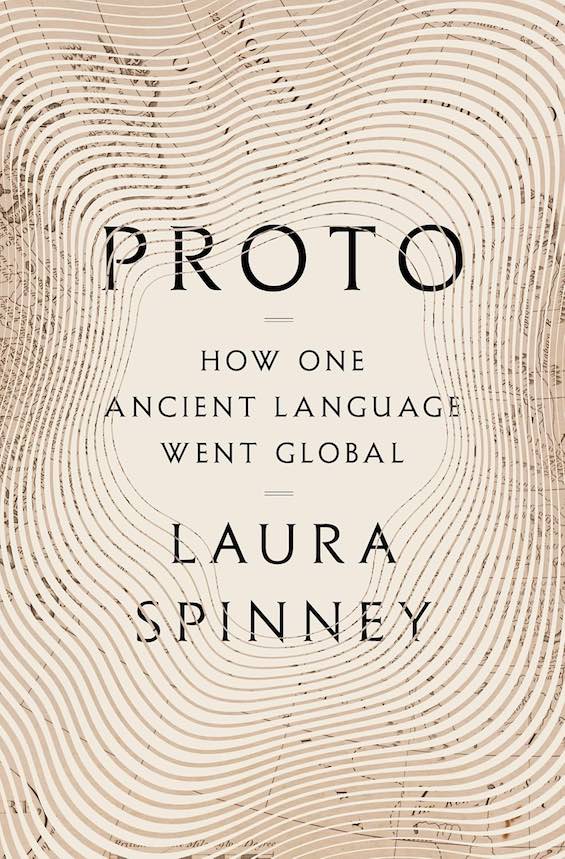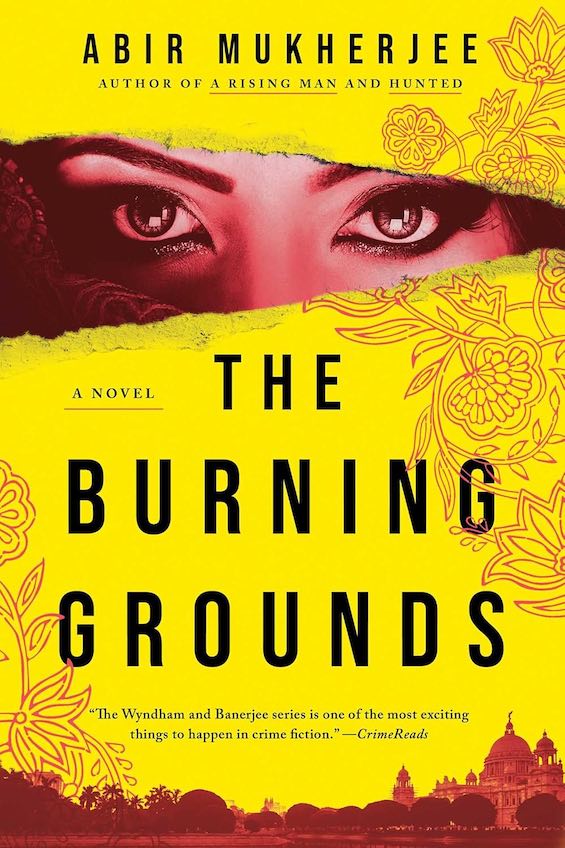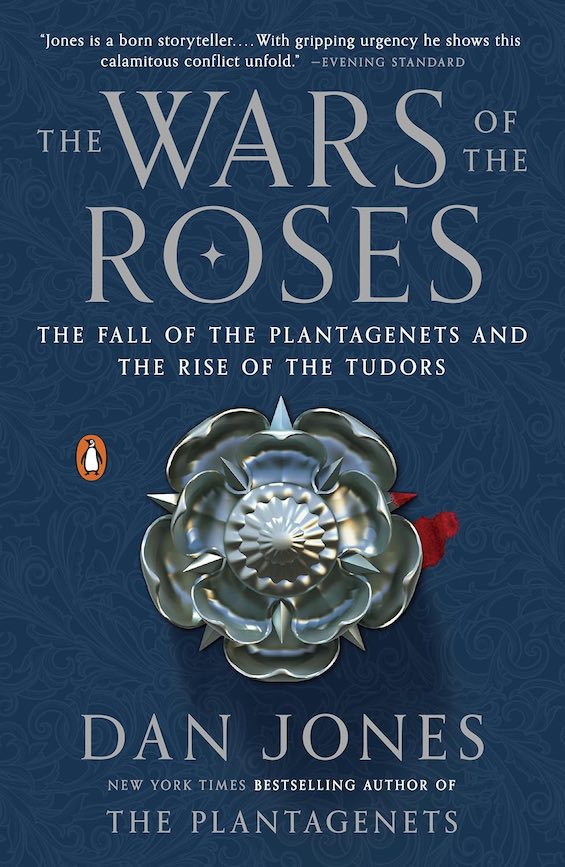Revolutionaries have rarely risen to positions of power in the United States, but Teddy Roosevelt was an exception. Everywhere he went, and every job he took, from the US Civil Service Commission to the New York Police Department to the Navy Department and the White House, he shook the walls to the rafters. The pattern was well set by 1895. Then, he assumed the presidency of the New York Police Commission at the age of thirty-four. Within weeks, Roosevelt had instituted radical reforms in the face of the sloth and corruption that had prevailed in the force. He served in the office for less than a year. Tammany Hall resumed control when he left. But the place was never the same. And W. H. Flint’s engaging Gilded Age mystery novel, Hot Time, dramatizes that pivotal time in a tale of blackmail and murder during the heat wave of 1896.
A Police Commissioner without friends on the force
In Flint’s telling, Roosevelt broke new ground at the NYPD from the moment he named his staff. As his assistant, Otto “Rafe” Raphael, a Jew, a son of the Lower East Side. And as his secretary, Minnie Kelly, the department’s first female stenographer. But Roosevelt’s conduct in office was even more shocking. He instituted physical fitness requirements. Closed down opportunities for graft. And even roamed the streets at night to check on whether officers were really walking their beats. For the old-timers, it was scandalous and deeply threatening. And when a prominent magazine publisher is murdered and Rafe sets out to investigate, he quickly discovers how much it matters that the Commissioner has no friends on the force.
Hot Time by W. H. Flint (2022) 288 pages ★★★★☆
Blackmail and murder as a presidential election draws near
In fact, that murder raises a passel of questions. The publisher, William d’Alton Mann, had run a gossip column in his magazine that he used as a vehicle to blackmail the city’s rich and famous. (History tells us he actually did that, though he was never murdered.) But when he took a step too far and attempted to blackmail J. P. Morgan, the banker summoned Commissioner Roosevelt to demand action. However, when the Commissioner then confronts Mann, the blackmailer threatens him.
Mann promises to publish embarrassing information about Roosevelt’s late brother’s suicide. A $5,000 “investment” in Mann’s magazine will prevent that. It’s the same he’d proposed to Morgan. Which leads Roosevelt and Morgan into what looks all too much like a conspiracy to murder the publisher. They’re fearful that a scandal might turn the tide against the Republicans in the approaching election. And Rafe is terrified his boss may prove to share responsibility for the man’s death.
A colorful tale of newsboys, corrupt cops, and New York’s wealthy elite
Hot Time is a colorful story, peopled by newsboys, corrupt cops, the city’s wealthy elite, and immigrants living in squalor. Some of the city’s most prominent figures, including muckraking reporter Jacob Riis and Republican kingmaker Mark Hanna as well as Morgan and Roosevelt, enliven the novel’s pages. The story is set in the early spring of 1896, as the presidential election draws near. Democratic Congressman William Jennings Bryan is facing off against former governor William McKinley—and Bryan has scheduled a massive rally at Madison Square Garden as Rafe’s investigation approaches its conclusion. All told, Flint paints a convincing picture of New York City at the peak of the Gilded Age, vibrant with the sights and sounds of an island bursting at the seams with a constant infusion of destitute immigrants.
About the author
W. H. Flint is the pen name of popular historian Gerard Helferich. Although Hot Time is his first novel, he has written extensively about Theodore Roosevelt and the relationship between Roosevelt and J.P. Morgan, which is central to the plot in this novel.
For related reading
I’ve reviewed several other books, both fiction and nonfiction, about Theodore Roosevelt:
- The Perilous Adventures of the Cowboy King: A Novel of Teddy Roosevelt and His Times by Jerome Charyn (A stirring novel about the colorful first President Roosevelt)
- The Alienist by Caleb Carr (In a classic whydunit, The Alienist makes his debut)
- The Imperial Cruise: A Secret History of Empire and War by James Bradley (Teddy Roosevelt and the dark side of American foreign policy)
- Let the People Rule: Theodore Roosevelt and the Birth of the Presidential Primary by Geoffrey Cowan (Teddy Roosevelt: progressive, champion of primary elections, and a racist)
You might also enjoy my posts:
- Top 10 historical mysteries and thrillers
- 26 mysteries to keep you reading at night
- 20 excellent standalone mysteries and thrillers
- Top 20 suspenseful detective novels
And you can always find my most popular reviews, and the most recent ones, on the Home Page.

